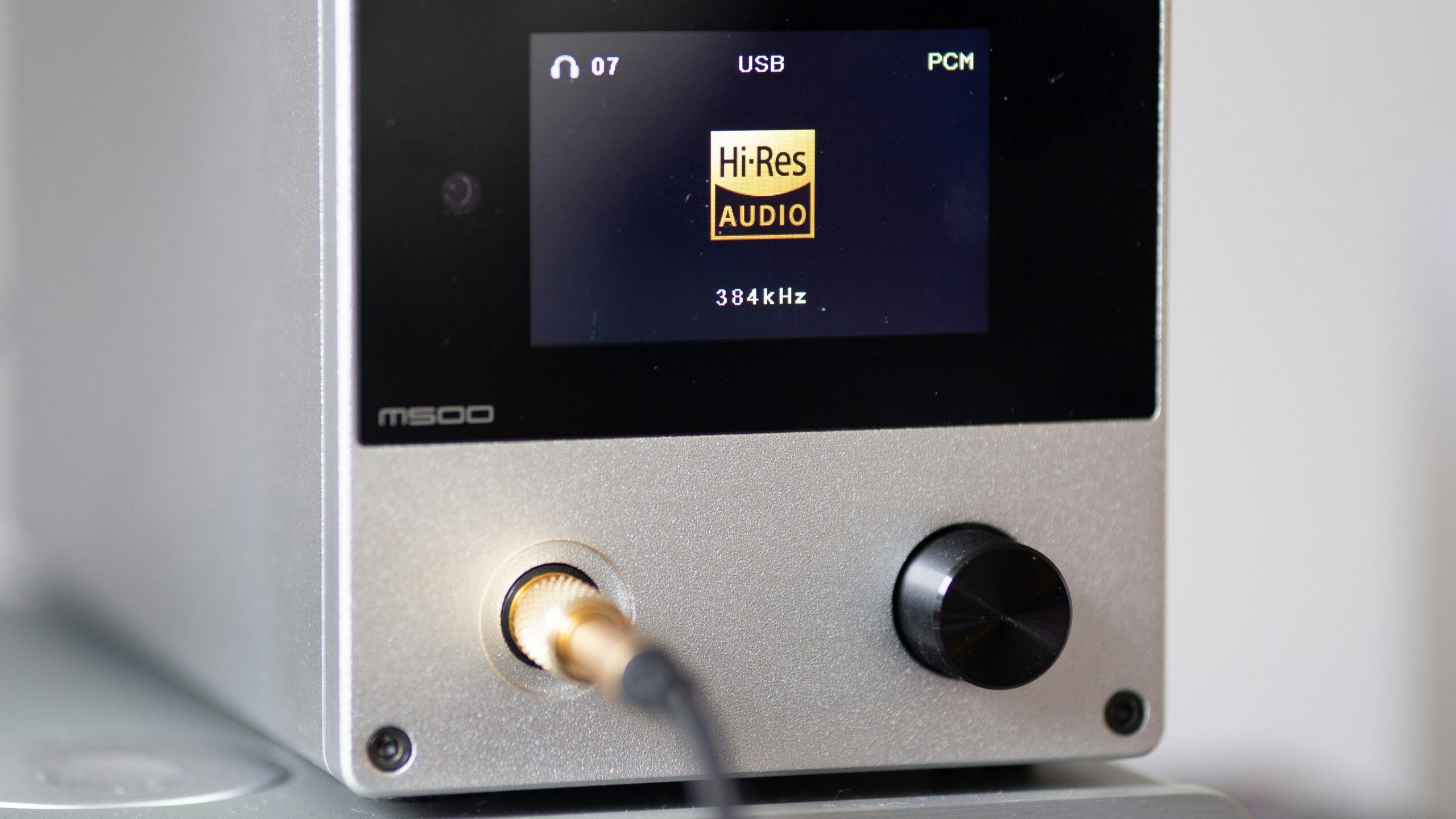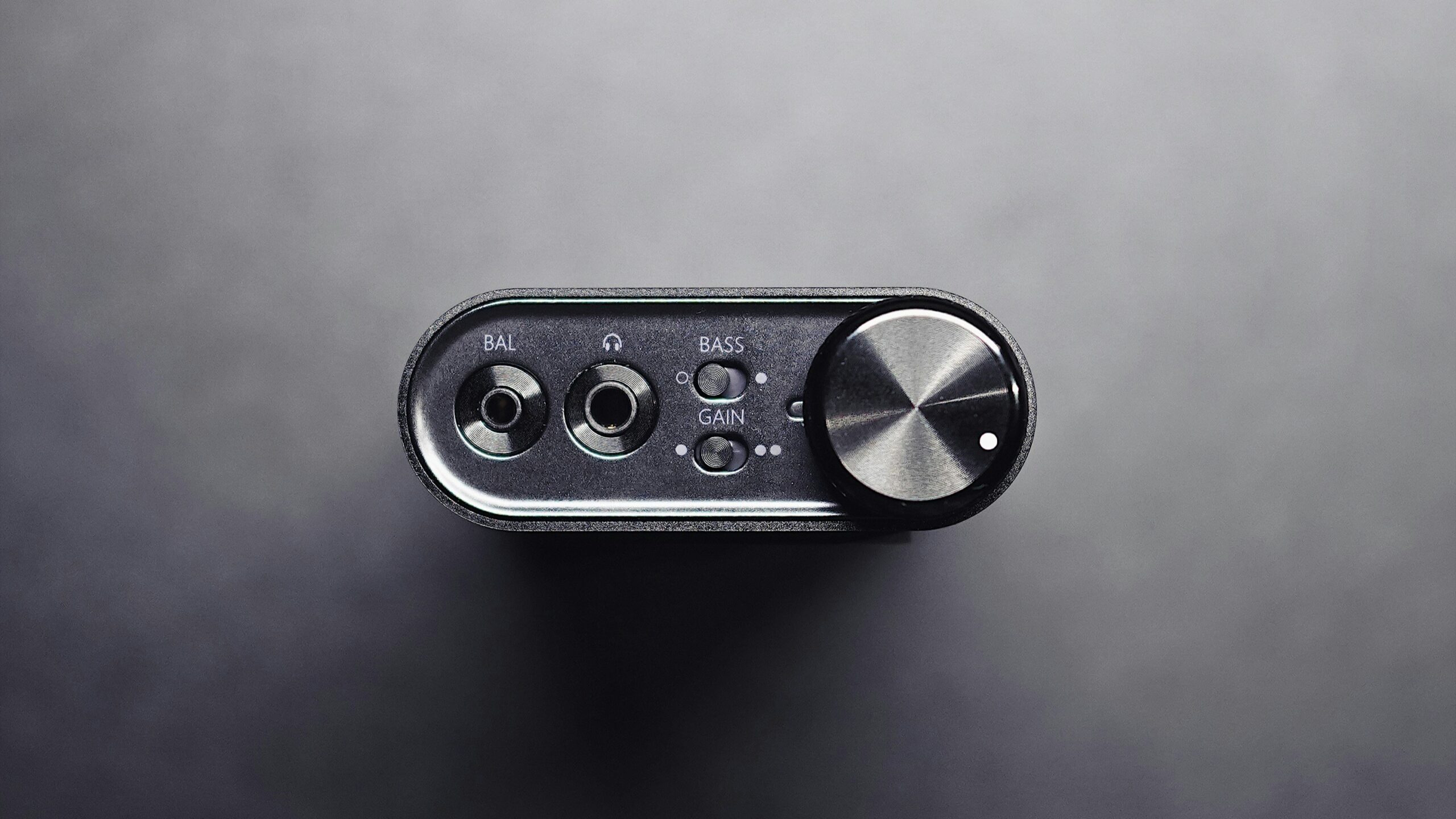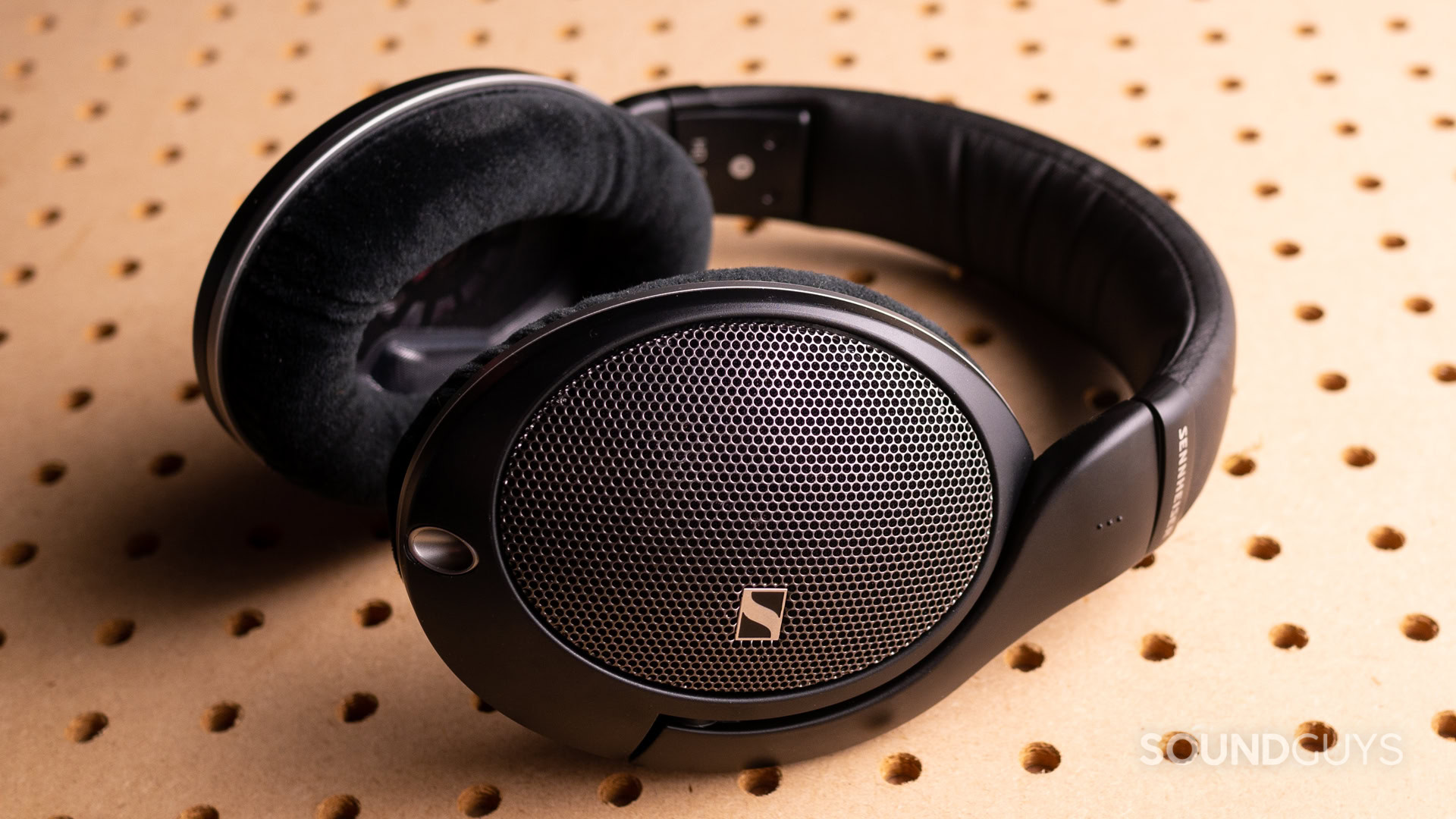All products featured are independently chosen by us. However, SoundGuys may receive a commission on orders placed through its retail links. See our ethics statement.
Don't waste your money on a DAC
Published onMarch 26, 2025

If you’ve recently ventured into the world of audiophile gear, you’ve probably encountered someone online insisting you need a high-end external digital-to-analog converter (DAC) to “unlock your audio system’s true potential.” They might show off sleek, expensive boxes with glowing lights and impressive specs, promising auditory transformations that will redefine how you experience music.
But before you drop hundreds (or thousands) of dollars on another piece of audio equipment, let’s be honest: Most people don’t need a DAC. A DAC alone won’t fix a bad recording, poor headphones, or compressed streaming audio. It’s just one part of the chain—and not the weakest link for most listeners.
Editor's Note:
This article is focused on whether spending extra money on mid-to-high-end DACs provides meaningful improvements for most people—and our position remains: unless you’re running high-end gear and lossless files, most listeners won’t hear a dramatic difference.
You already have a DAC
In case you’re unfamiliar, a DAC (digital-to-analog converter) turns digital audio signals into analog ones that your headphones or speakers can then use to produce sound. But here’s the thing: Every single device that plays digital audio already has a DAC built-in. Smartphones, laptops, tablets—all of them. Without a DAC, they wouldn’t make any sound.
So, the real question isn’t “Do you need a DAC?” but rather, “Do you need an external DAC?”
Do you think an external DAC makes a noticeable difference in sound quality?
The Emperor has no clothes
The audiophile world loves to obsess over tiny technical differences that rarely matter while listening. And nowhere is this obsession more ridiculous than with DACs.
Take a blind test study by Tom’s Hardware: They compared DACs ranging from $2 to $2,000, and even experienced audiophiles struggled to reliably tell them apart. That’s a 1000x price difference with no consistently detectable improvement in sound quality. What other hobby tolerates such absurd price-to-performance ratios? While that study is over a decade old, its findings are still relevant. At SoundGuys, we’re planning our own updated blind tests with modern DACs, but if I were a betting man, I expect the results to be the same.
Many modern devices, like high-end Android phones, already include well-engineered DACs. Companies like Samsung invest heavily in audio processing, and the DAC in your phone isn’t an afterthought—it’s a core component designed to deliver clean, high-quality sound through internal speakers and digital outputs.
However, if you’re using an iPhone—or any phone without a headphone jack—you won’t have direct access to the internal DAC for wired listening. In those cases, you’ll need a dongle DAC, like Apple’s Lightning-to-3.5mm adapter. The good news? Even budget dongles like Apple’s $10 option measure well and sound great for most users.

These days, most DAC upgrades come in the form of dongles, amp/DAC combos, or digital audio players (DAPs). They’re convenient and portable—but if your built-in DAC is already decent, you’re probably spending money for little to no gain.
Sure, if you’re trying to drive high-impedance headphones or need specific connectivity options, a dongle or DAP can be helpful. But that’s more about amplification and compatibility than the actual DAC technology itself.
Ironically, adding an external DAC can even introduce problems. When you connect an external unit, the signal has to be buffered, re-clocked, and processed by the new DAC chip. Every step adds potential points of failure or degradation. Enthusiasts often buy external DACs to eliminate supposed issues, only to introduce new ones.
Lastly, when quality differences do exist, they’re typically so subtle that you’d need perfect listening conditions, trained ears, and the knowledge of what to listen for. Basically, it’s the exact opposite of a true blind test. And yet, audiophiles swear by “night and day” differences that often boil down to expectation bias and the placebo effect.
When an external DAC makes sense
External DACs aren’t entirely useless. If your setup has noticeable noise issues—hissing, popping, interference—then sure, an external DAC could help. If you need specific connectivity options your devices don’t offer, a DAC can also fill that gap.
High-impedance headphones might also benefit from extra power, though a dedicated headphone amplifier is often more appropriate than a DAC. And for professional audio engineers, specialized DACs with advanced features can be a legitimate investment.
Of course, for gear like CD transports or digital-only amps, a DAC is required to get sound at all—but that’s outside the scope of everyday smartphone or laptop listening.
For the average listener—even the enthusiastic music lover with good equipment—an external DAC is unlikely to offer any meaningful improvement. You’re chasing diminishing returns most people couldn’t identify. Additionally, many people chasing DACs for better EQ control or sound processing could achieve the same improvements with software solutions. Apps like Equalizer APO (Windows) and Boom 3D (macOS) often provide far more customizable adjustments than most hardware DACs ever could.
Where your money will make a difference
The obsession with external DACs often comes down to psychology rather than sound. If you drop $500 on a DAC, your brain wants to hear an improvement. This phenomenon, known as confirmation bias, is well-documented in psychology. When you expect a difference, your brain often manufactures one, whether it exists or not.
The placebo effect plays a significant role here, too. Marketing phrases like “warmer sound” or “improved soundstage” are intentionally vague and designed to prey on your expectations. And it works. For example, studies published in The Journal of the Audio Engineering Society have shown that visual and contextual cues can dramatically alter how people perceive audio quality, even when the actual sound remains unchanged.
In my opinion, chasing fleeting improvements in DACs distracts from what really matters—enjoying the music.

Want to genuinely improve your audio experience? Spend your money where it actually matters. For the price of a mid-range DAC ($200–300), you could upgrade your headphones or speakers, which will make a far bigger difference than any DAC ever could. If you’re a speaker user, investing in room treatment will have a profound impact on sound quality. Even spending that money on a Hi-Res streaming subscription or buying more music will do more for your listening experience than any overhyped DAC.
Still curious about external DACs? Test one properly before buying. Better yet, do a blind test in-store if you can: have a friend randomly switch between your device’s built-in DAC and the external one, and see if you can reliably tell the difference.
For most people, your device’s DAC is more than good enough. Instead of sinking money into diminishing returns, focus on what truly matters—upgrading your headphones or speakers, improving your room acoustics, or simply discovering new music. At the end of the day, it’s the music itself that matters, not the hardware you play it on.
Frequently Asked Questions
In most cases, no. Modern devices already contain competent DACs. While an external DAC might offer marginal improvements in very specific circumstances, the difference is typically inaudible to human ears in blind tests.
Yes, all CD players have built-in DACs—they couldn’t produce sound otherwise. Adding an external DAC to an old CD player will only make a meaningful difference if the original DAC has actual technical deficiencies or has degraded over time.
No. The presence of a 3.5mm jack means your device already has a DAC inside it. Adding another DAC to the chain is redundant for most users.
For casual to moderate music enthusiasts, absolutely not. The money would be better spent on better headphones or speakers, which will provide dramatically more noticeable improvements to sound quality.
Your TV already has a DAC built-in. You only need an external DAC if you’re experiencing specific audio problems or need to connect to equipment your TV doesn’t directly support.
Yes and no. The Sonos Port contains a DAC (as all digital audio devices do), but it’s primarily a streaming device that connects your traditional audio equipment to the Sonos ecosystem. You’re paying for the streaming functionality and Sonos integration, not superior DAC quality.